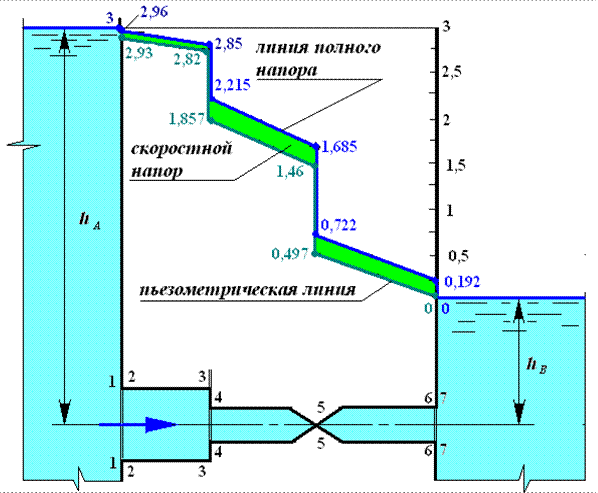Main article: Taiwan's culture and cultural legacy has been largely shaped by the processes of and as the structural and psychological effects of successive colonial projects have been integral to developing Taiwan's self-image and the evolution of both official and unofficial Taiwanese culture. For most of its colonized existence, Taiwan remained on the cultural margins, far from the centers of civil and cultural life of each regime, and with every regime change, Taiwan's cultural center shifted. At various times Taiwan's cultural center has been, Amsterdam, (Amoy), -era Beijing,, postwar China and even, arguably, the United States. Dancer in traditional aboriginal dress Before the ceded Taiwan to Japan in 1895, Taiwan's culture was characterized by Qing frontier societies of farmers and highland. Due to Taiwan's strategic location along East Asian trade routes, Taiwanese were also exposed to cosmopolitan influences and the effects of European commerce.

Gallery of modern art. In 1985, the Tretyakov Gallery was administratively merged with a gallery of contemporary art, housed in a large modern building along the Garden Ring, immediately south of the Krymsky Bridge. The grounds of this branch of the museum contain a collection of. Dec 04, 2013 YouTube TV - No long term contract Loading. Unlimited recording storage space. Live TV from 60+ channels. No cable box required. Cancel anytime. No thanks Try it free.
By the middle of the Japanese era (1895–1945), Taiwan had begun to shift from local to contemporary global culture, under the guidance of Japanese style “westernization”. Beginning during Japan's build up for war, Japan invigorated its policies to Japanize Taiwan for mobilization against the Allies.
Japan's effort taught Taiwan's elite, Japanese culture and language, but did not largely interfere in religious organization. When Japan's suppressive wartime policies were lifted following, Taiwanese were eager to continue with their prewar activities. Japan's colonial legacy has shaped many of the customs and mannerisms of Taiwanese. Japan's colonial legacy is still visible, due to Japan's massive effort in constructing Taiwan's economic infrastructure and industrial base, which is often cited as a major factor in Taiwan's rapid. KMT era cultural policy [ ].
By default the license file will be located in the Application Data folder on Windows or the user's home directory for all other operating systems. For example, on a Mac, the license file should be located in Matlab/licenses/. Replace the contents of the license file (e.g., network.lic) with the information in the new license.dat file. Crack license dat matlab 7 windows.

Main article: During the early postwar period the (KMT) suppressed Taiwanese cultural expression and barred Taiwanese from cosmopolitan life except in the spheres of science and technology. The authoritarian KMT dominated public cultural space and Chinese nationalist networks became a part of cultural institutions, leaving little resource for cultural autonomy to grow. Under the early KMT, Taiwan was realigned from a Japanese imperial center to a Chinese nationalist center, under the influence of KMT and American interests. Although American cultural activities were modest, they played a significant role in Taiwan's developing cultural scene. The KMT claimed a loss of morale led to “losing China” and thus the state issued a series of ideological reforms aimed to “retake' China, which became the major state cultural program of the time. The immediate preoccupation with losing China diverted long term investment in the humanities and social sciences. On another level, the state's main objective was to “” the Taiwanese by teaching them and Nationalist ideology through compulsory primary education.
By the late 1940s the KMT had for its cultural policies. When Taiwanese had resumed the cultural activities, which were outlawed by the Japanese in 1937, the Nationalist attitude was that Taiwanese had been Japanese “slaves” and would therefore have to complete a period of moral and ideological tutelage before they could enjoy their full rights as citizens of the. The destroyed Taiwan's urban elite and the arrival of the mainlander elite ensured Nationalist domination of urban cultural centers.